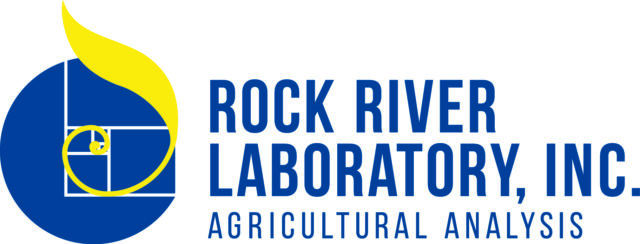When I meet readers in person, they often ask me: “What are you seeing out there? What’s new?” One of the things I’m seeing frequently is an emphasis on training and employee development.
For example, on a dairy I recently visited (Click here to read Indoor feed mixing: A new trend? for more about this dairy), I noticed what looked like a small house being built in the grassy area of the circular drive. (Most large-herd dairies have these must-be-mowed-weekly landscapes filling in the circular concrete driveway milk trucks use for pick-up.)
Curious what the building was, I asked the dairyman what he was building. He told me that to save costs, the dairy was going to start laundering its own milk prep towels and other worksite laundry. The rooms attached to the milk barn were already too crowded to accommodate the necessary space and equipment, so he drew up plans for this house-like building.
But I was most impressed at what he said next.
He told me if he had to construct a building, he might as well design it a little bit bigger and make space for a conference room where he could hold training for employees and staff.
“That’s going to be my next area of investment,” he said, referring to his plans for continual training and coaching.
Also, I recently had lunch with an accountant who confirmed what this dairyman was doing. I asked the accountant what the best operators he worked with had in common. “The best operators have the best labor,” he said. “It’s amazing how it goes all the way through to the financial statement.”
That seems common-sense as a business principle. However, I wondered if, given the industry’s struggle to find laborers willing to work long hours in physical jobs, whether these dairies were just lucky to find and keep the best employees or if there was something more deliberate about it.
The accountant confirmed his top dairies were deliberate about keeping good employees and remaining engaged with their workforce.
“Good operators are developing their employees,” he said. “They are more involved than other operators. They go through with employees and check cows. It’s not just driving around the dairy every day.”
Upon hearing this, some dairy owners will say, “Why go to all the work if it’s possible all of the time you invest in an employee could be gone when they one day don’t show up for work?” Yes, these lightning strikes do occur – and more frequently perhaps than in the past or even in other industries now.
But the accountant I spoke with said the best operators do it anyway because they know the positive financial impact of great labor.
To get started improving your management and the efficiency of your labor force, we’ve included articles in this issue to:
- Determine whether some of your current laborers are eligible for visas (Legal avenues to secure visas for diary workers)
- Learn how to keep and build your star dairy employees (How to keep and then build your star dairy employees)
- Identify what aspects of your farm you should manage and those you should lead (Does a manager manage?)
- Inspire employees to make the farm’s goals their own (Want success? Take care of your people)
- Encourage middle managers to be facilitators of and not obstructionists to productivity and safety (Survey: Dairy workers appreciate supervisors who prioritize both productivity and safety)
This issue also contains coverage of what will be at World Dairy Expo this year. If you’ll be at the show, stop by our booth in the Arena Building (AR441) or the Exhibition Hall (EH4400); we can talk about what else is new. ![]()

-
Walt Cooley
- Editor-in-chief
- Progressive Dairyman
- Email Walt Cooley






